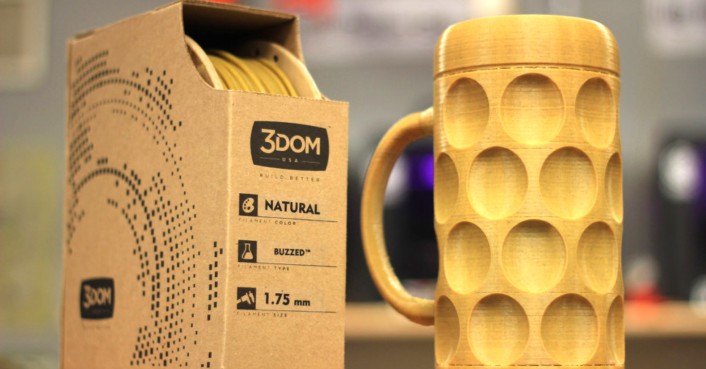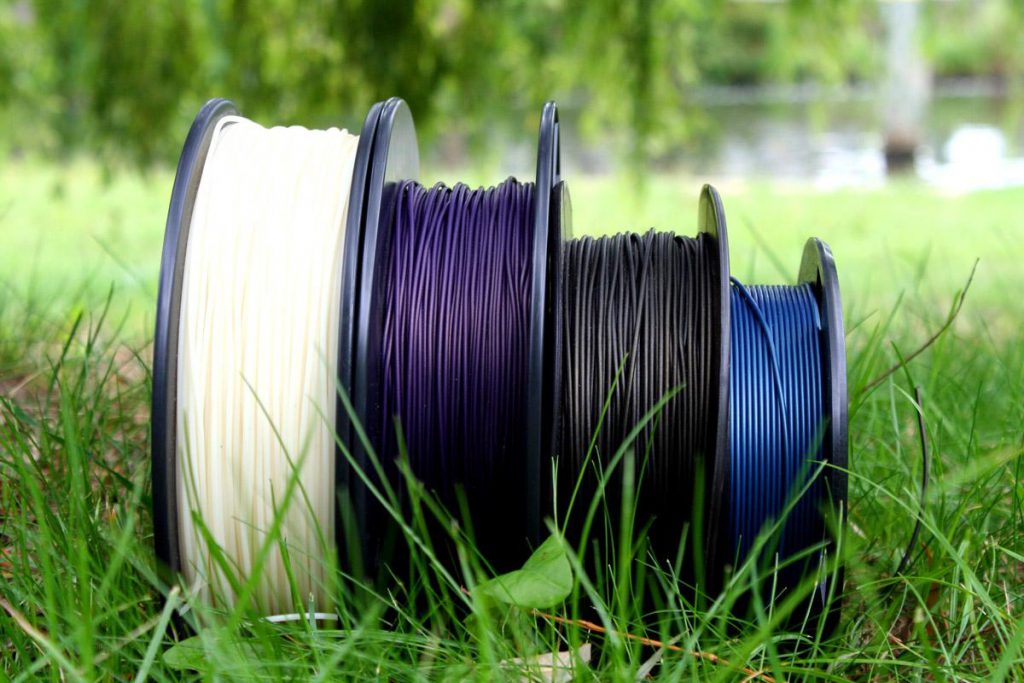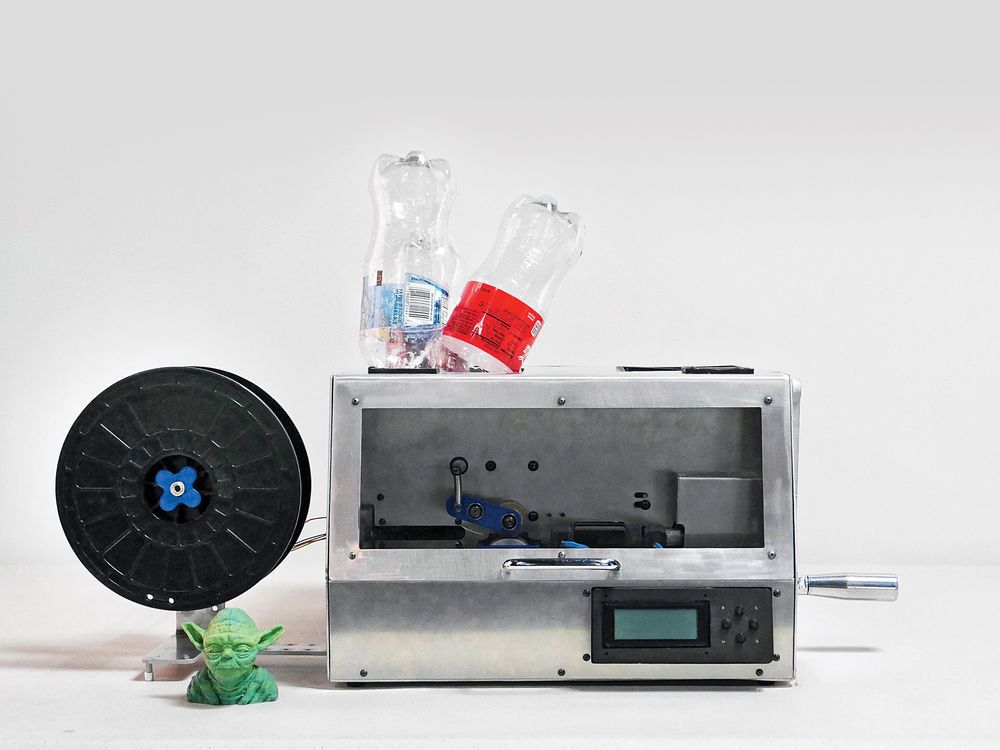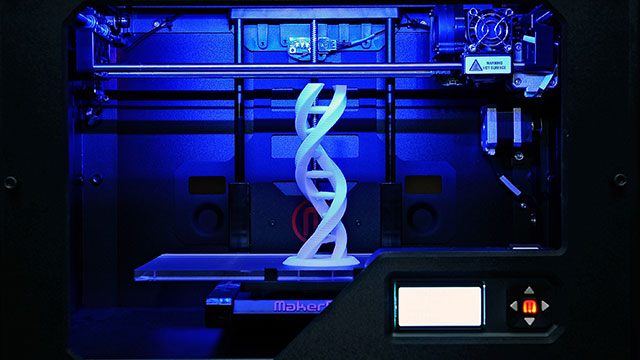How does 3D Printing impact the environment? Everything you NEED to know!
3d printing has proven to be very exciting for the manufacturing world but could it also help us solve our environmental woes also? Read on to find out!
3D Printing Uses Less Material
One of the main perks is that 3D printers use less material as compared to other manufacturing methods. It processes allow you to melt/fuse only the amount of filament you need to produce a part.
This method differs from traditional subtractive manufacturing where you often must cut away the excess material instead of adding only the necessary material as is done in 3D printing. Some argue that this difference means that 3D printing actually uses a comparable amount of or less energy than other methods because you don’t need to use energy to produce that extra material and also remove it when subtractive processes take place.
Lower Distribution Emission
The great thing about 3D Printing is that you can use it anywhere, even in a store or in your home. This theoretically could significantly reduce the need to transport items and therefore lowers the emissions associated with that transportation.
3D-printed products can also be up to 50 percent lighter than those produced with standard methods by using “sparse interior structures” that are impossible to produce using alternative manufacturing methods. This means these 3D printed parts would require less energy to transport. Even the very aircraft and vehicles performing the transportation could be 3D printed themselves, resulting in lighter vehicles that don’t need as much energy to operate.
The benefit of decreased distribution is currently limited by the fact that 3D printing isn’t widely used for mass-production, so the emission decreases happen on a smaller scale. That could change, however, as 3D printing technology improves and usage becomes more widespread.
It uses recyclable materials
The filaments used in 3D Printing are made of thermoplastic and though this material isn’t the greenest, it can be recycled in most cases. There are currently several machines on the market that recycle thermoplastics — such as the material from failed prototypes — for use in 3D printers.
This recycled plastic, though, tends to become more brittle the more you recycle it, which may make users hesitant to try it. However, the industry is working on improving recycling technologies.
Eco-friendly materials
 (eco-friendly and biodegradable hemp filament)
(eco-friendly and biodegradable hemp filament)
Another road to more environmentally-friendly 3D printing practices has also recently emerged. It involves the use of biodegradable and renewable plant-based sources, as opposed to traditional petroleum-based materials.
One of the two main plastics used in 3D printing comes from corn. Polylactic acid or PLA is biodegradable, renewable, non-toxic and creates little waste, which has made it a popular choice in the industry. While PLA is unsuitable for many applications due to its rather low melt temperature, companies are developing even batter renewable materials.
Engineers at MIT have also recently developed a way to use cellulose as an alternative 3D printing material that they believe could be stronger and more economical than today’s standard petroleum-based materials. The researchers used cellulose acetate, added an optional sodium hydroxide treatment for extra strength and used a dye with antimicrobial, which may make this material of particular interest to the food and health sectors.
The drawback? Higher energy use
Additive manufacturing certainly has potential in the environmental realm, but we’re not quite there yet. The main reason? 3D printing uses a lot of energy.
Since many countries still generate most of their electricity from fossil fuel sources, this can have a significant impact on the environment.
Will 3D Printing Become Greener?
Since researchers are constantly working on improving materials for 3D printing, its safe to say that 3D printing could eventually implement greener methods.
Apart from this, the latest innovations are sure to improve the material efficiency, energy consumption and effectiveness of 3D printers in the near future. 3D printing definitely has a long way to go but its here to stay especially as a more sustainable manufacturing source. We can’t wait to see what’s coming!
Credits: 3ders.org, inhabitat.com, learn.plus, shapeways.com, 3dprint.com, library.ndsu.edu




